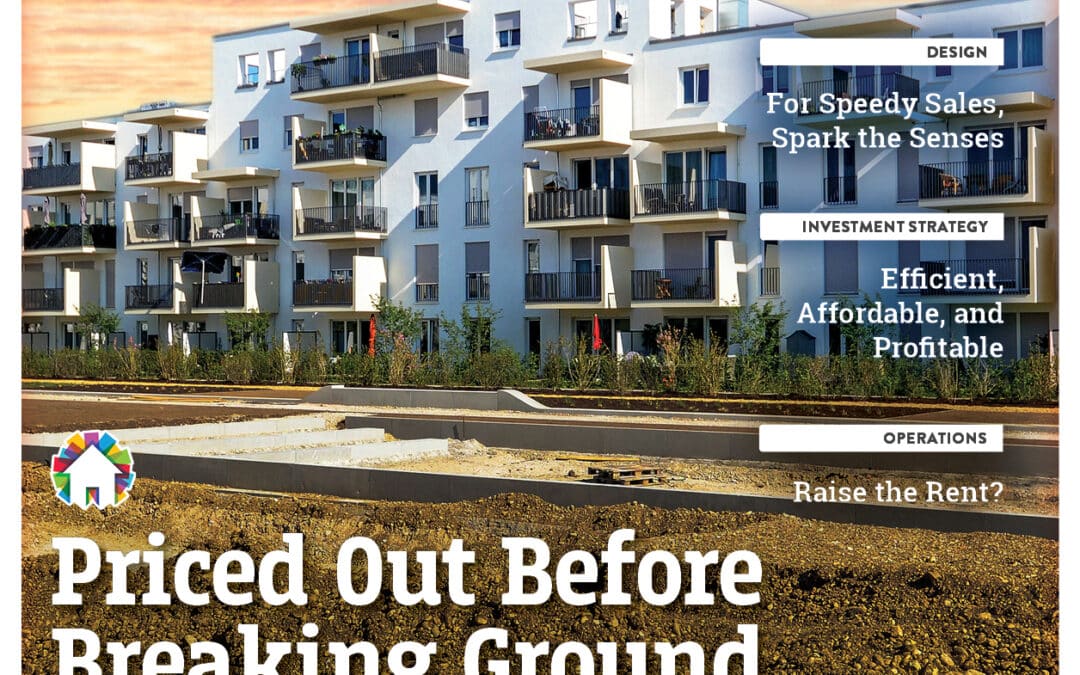When populations surge in size, housing prices and transaction volumes tend to follow. For that reason, many savvy real estate investors closely follow timely Census data released about population movements on an annual basis (not the data collected and released every few years). This December, the U.S. Census Bureau released information on population movements and growth in all 50 states between July 2015 and July 2016, and the trends show that five states in particular show some serious promise for housing growth in the coming year.
According to the numbers, Utah, Nevada, Idaho, Florida and Washington all saw population growth of at least 1.8 percent over the 12-month period. Utah and Nevada actually led the pack with a full 2 percent population growth. While those numbers may not sound like much, when you’re dealing with millions and even billions of people, that can indicate some pretty serious growth. By comparison, nationally the population of the United States grew 0.7 percent.
Ben Bolender, chief of the U.S. Census Bureau’s population estimates branch, noted that states in the South and West led the nation in population growth. In fact, more than a third of the entire population (37.9 percent) lives in the South, and nearly a quarter lives in western states. This is good news for investors because southern real estate tends to be affordable, attractive to both renters and buyers, and occupy markets that have geographic room to expand.
On a down note, North Dakota, which had occupied the top stop for population growth for the four preceding years, fell out of the top 10 entirely this year. The state added residents at a rate of 0.1 percent during the 12 months in question and lost a large number of residents to other areas of the country. North Dakota benefited from a robust energy boom in the past few years, but as the local employment trends changed, a number of employees who left families elsewhere to work in the state opted to move home. During the “boom years,” one in six employees resided outside the state, according to the North Dakota Census office, so it is not surprising that as energy-related jobs became fewer, a number of those inhabitants opted to leave.
Real estate investors who rely on population trends and movements must factor in why populations are shifting when deciding how to invest. One reason that southern states are so attractive, for example, lies not just in the region’s burgeoning population, but also in a regional interest in attracting long-term employers and industries that will sustain a population through shifts in the state of the national economy. On the other hand, states that rely heavily on energy-related industry for population growth or the hospitality and tourism industries could be more susceptible to population loss and the associated pain in the pocketbook for property owners.
You can get more of Carole VanSickle Ellis’ coverage of this topic and others online at www.sdiradio.com.
About the Author
Carole VanSickle Ellis is the host of Real Estate Investing Today, a daily nine-minute investing podcast, and the editor of the Bryan Ellis Investing Letter. Contact her at editor@bryanellis.com or visit www.investing.bryanellis.com.
























0 Comments